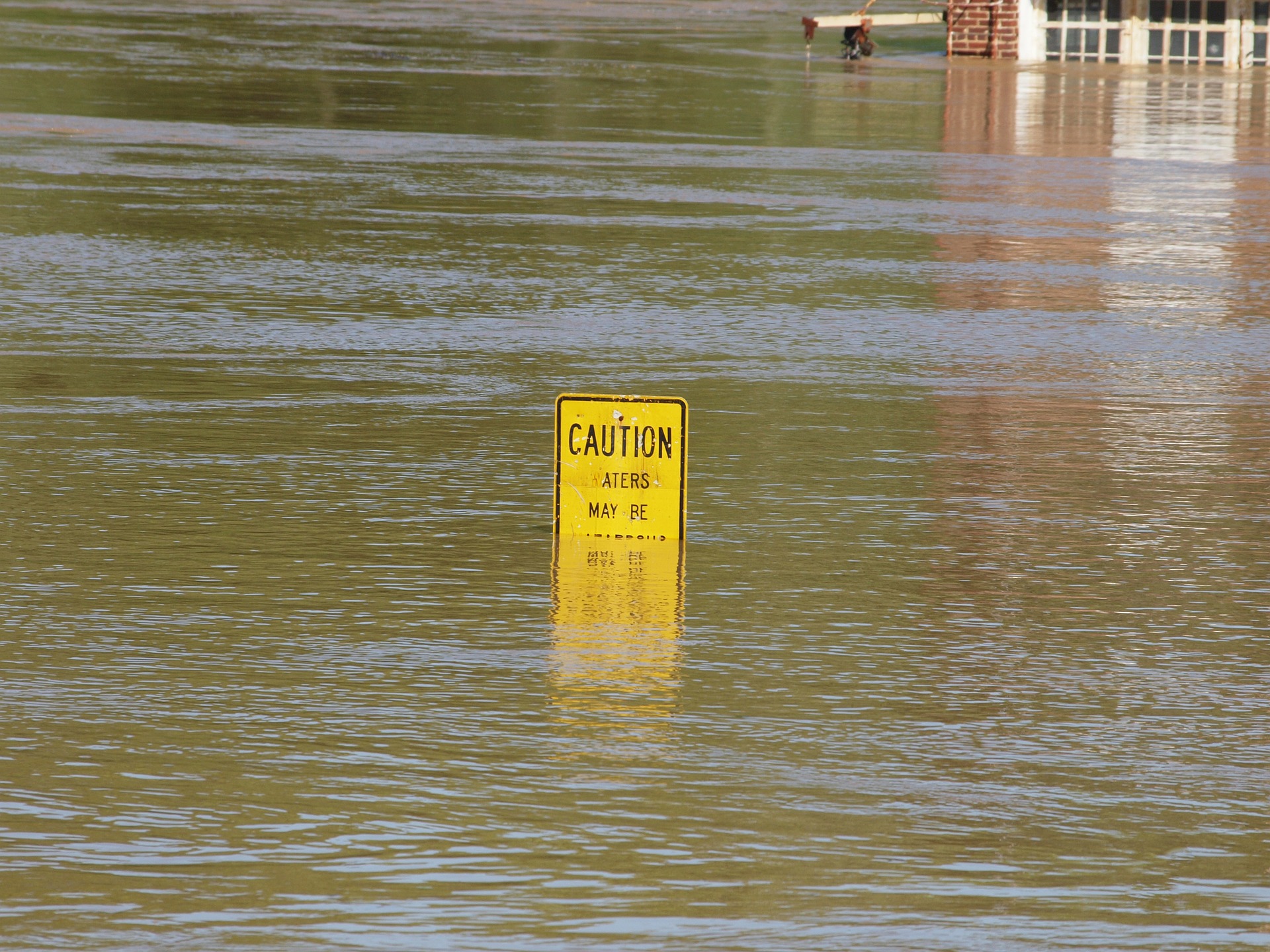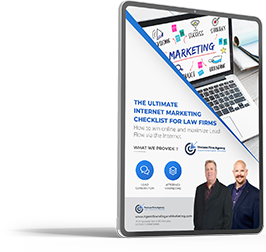
Like with many types of insurance (whether it’s home, car, or life) many homeowners would like to think that they are immune from floods. However, believe it or not, in the past 5 years, all 50 states in the US have experienced some type of flooding. As an insurance agent, you need to make sure your clients are prepared. There’s nothing worse than having clients go through something as devastating as losing their homes or possessions in a flood, and have to tell them they simply aren’t covered. While money can’t replace lost items, it certainly can help in rebuilding lives and helping people move on, so you want to ensure your clients can get the maximum benefit they can from their insurance policies.
Many clients may believe that they don’t need this extra insurance or don’t need a lot of it. They may believe certain myths about the flood policies that are prevalent these days. Perhaps you know a client or two who may be especially vulnerable to flooding and thus are in need of coverage, but they don’t want to sign up because they believe these myths. If you want to ensure they get the proper coverage, read about the 6 flood insurance myths to dispel for your clients.
Myth #1 “But I already have homeowners insurance!”
A lot of people will be surprised to hear this, but as you already know, homeowners insurance doesn’t cover flooding, at least not the type caused by Mother Nature. Yes, this type of insurance does pay out in cases if the owner or a guest accidentally floods the home (like if the bathtub overflows) or if the pipes break, but water from rains and flash flooding is an entirely separate matter and requires additional insurance.
Myth #2 “But I don’t live in a flood plain! / I live on top of a hill!”
The reason some people think they’re immune to flooding is because of the area where they live. Various agencies (like FEMA and NDFA) and companies determine which areas are considered high risk for floods, which are low risk, and those that are simply “undertemined.” However, it’s important to note that even the most “minimal” flood zones carry a 0.2 percent-annual-chance flood.
Of course, there are others who think there is simply no chance they won’t be flooded, but remember that even mountains get flooded due to runoffs or melting snow. Also, even if the home is on top of a hill, it can still experience flooding due to hurricanes, storms, drainage systems backing up, or due to a levee or dam failure, which, thankfully, is covered by this type of insurance.

Myth #3 “Flood insurance is too expensive!”
Usually flood insurance can be quite expensive in high-risk areas, but in low-risk areas, it can be as little as $122 per year. If your client does live in a high-risk area, then it can certainly go higher than that. FEMA reported that the average cost in 2010 was $600 annually. However, consider these facts:
- The average flood claim between 2011 and 2015 was $46,000
- The total flood insurance claims between 2006 to 2015 averaged almost $2 billion per year
- About 20% of people who file claimes actually live outside the high risk areas
- Floods are the #1 natural disaster in the U.S.
When you think about it, even $600 annually doesn’t sound too bad, considering how much damage flooding can do. In fact, aside from damage to possessions, flooring, walls, carpets, etc., major flooding can even destroy a home’s foundation.
Myth #4 “‘I’m already covered by NFIP, I don’t need more insurance!”
The NFIP or National Flood Insurance Program was created by Congress in 1968 to help homeowners obtain affordable coverage and protect them from this natural disaster. Homeowners, renters, even businessowners can obtain insurance from the NFIP, as long as their community participates in this program.
The NFIP is a great program, assuming your client is eligible. However, you should tell your client that this program does have its limitations. For one thing, this insurance tops out at $350,000, so if your client’s home is worth more than that and declared a total loss, then they won’t be able to get more. Also, personal valuables like jewelry and furs are only covered up to $2,500 and things like cash, stock certificates, precious metals, bonds, swimming pools, house boats, septic systems, walkways, decks, patios, hot tubs, plants, trees, and even loss of income, cars, and shelters and temporary housing are not covered at all.
Myth #5 “We live in a 100-year flood zone, it will never happen again.”
Perhaps you’ve heard of the saying “100-year flood,” but what does it really mean? Does it mean that we’ll never see the likes of Hurrican Katrina-levels of flooding in our lifetime?
Actually, this time frame actually refers to the probability of a flood’s occurence. That means, a 100-year flood has a 1% chance of occuring each year. Of course, that doesn’t mean it can’t happen again. For example, the 2016 Baton Rouge floodings happened in a 1,000-year flood zone. However, a series of weather patterns dumped two feet of rain in some areas, despite the .o1 percent chances of this occuring. Could it happen to your clients? Well, think about this: 7 out of the 10 “Most Significant Flood Events by National Flood Insurance Payouts” happened in the last 12 years, and so it seems like each year, the probabilities of flooding anywhere in the U.S. are getting higher.
Flooding is one natural disaster that no one wants to happen, but something that people need to anticipate. If you have clients who are in danger of experiencing a flood (which could be all of them), or don’t have enough coverage in the event of a catastrophic event, then you need to tell them about the importance, and value, of purchasing the correct flood insurance. That way, they can be properly prepared if the time does come and they can rest easy knowing that picking up the pieces will be much easier when, and if, the time comes.







